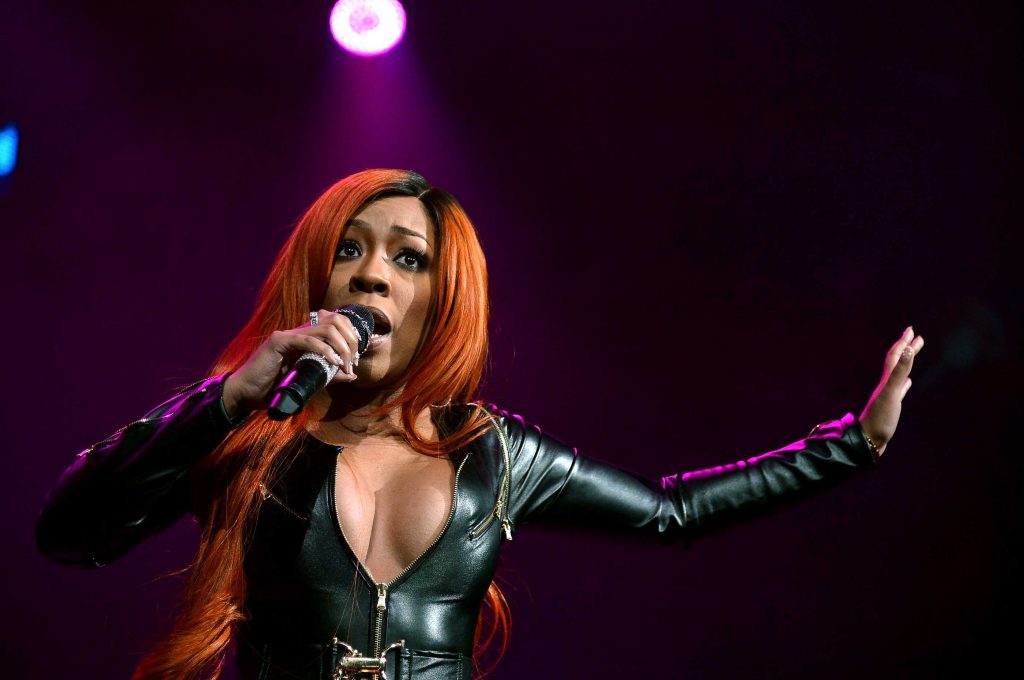Hip hop music, also called hip-hop or rap music, is a music genre formed in the United States in the 1970s that consists of a stylized rhythmic music that commonly accompanies rapping, a rhythmic and rhyming speech that is chanted. It developed as part of hip hop culture, a subculture defined by four key stylistic elements: MCing/rapping, DJing/scratching, break dancing, and graffiti writing. Other elements include sampling (or synthesis), and beatboxing.
While often used to refer to rapping, “hip hop” more properly denotes the practice of the entire subculture. The term hip hop music is sometimes used synonymously with the term rap music, though rapping is not a required component of hip hop music; the genre may also incorporate other elements of hip hop culture, including DJing, turntablism, and scratching, beatboxing, and instrumental tracks.
When I was a kid, I’d practise Chopin on piano – and I love Chopin! He’s my dawg! Then I’d go out on the stoop and blast the radio. I’m from New York, the concrete jungle. Hip-hop influenced me from day one.
Alicia Keys
Hip hop as music and culture formed during the 1970s when block parties became increasingly popular in New York City, particularly among African American youth residing in the Bronx. At block parties DJs played percussive breaks of popular songs using two turntables to extend the breaks.clarification needed] Hip hop’s early evolution occurred as sampling technology and drum-machines became widely available and affordable. Turntablist techniques developed along with the breaks and the Jamaican toasting vocal style was used. Rapping developed as a vocal style in which the artist speaks along with an instrumental or synthesized beat. Notable artists at this time include DJ Kool Herc, Grandmaster Flash and The Furious Five, Fab Five Freddy, Marley Marl, Afrika Bambaataa, Kool Moe Dee, Kurtis Blow, Doug E. Fresh, Whodini, the Fat Boys, and Spoonie Gee. The Sugarhill Gang’s 1979 song “Rapper’s Delight” is widely regarded to be the first hip hop record to gain widespread popularity in the mainstream. The 1980s marked the diversification of hip hop as the genre developed more complex styles. Prior to the 1980s, hip hop music was largely confined within the United States. However, during the 1980s, it began its spread and became a part of the music scene in dozens of countries.
New school hip hop was the second wave of hip hop music, originating in 1983–85 with the early records of Run-D.M.C. and LL Cool J. The Golden age hip hop period was an innovative period between the mid-1980s and the early 1990s. Notable artists from this era include the Juice Crew, Public Enemy, Eric B. & Rakim, Boogie Down Productions and KRS-One, EPMD, Slick Rick, Beastie Boys, Kool G Rap, Big Daddy Kane, Ultramagnetic MCs, De La Soul, and A Tribe Called Quest.
That’s why this generation is the least racist generation ever. You see it all the time. Go to any club. People are intermingling, hanging out, having fun, enjoying the same music. Hip-hop is not just in the Bronx anymore. It’s worldwide. Everywhere you go, people are listening to hip-hop and partying together. Hip-hop has done that.
Jay-Z
In the West Coast hip hop style, G-funk dominated mainstream hip hop for several years during the 1990s. East Coast hip hop in the early to mid 1990s was dominated by the Afrocentric jazz rap and alternative hip hop of the Native Tongues posse as well as the hardcore rap of artists such as Nas, Wu-Tang Clan, and Notorious B.I.G..
In the 1990s, hip hop began to diversify with other regional styles emerging on the national scene, such as Southern rap and Atlanta hip hop. At the same time, hip hop continued to be assimilated into other genres of popular music, an example being Neo soul. Hip hop became a best-selling music genre in the mid-1990s and the top selling music genre by 1999. The popularity of hip hop music continued through the 2000s, with hip hop influences also increasingly finding their way into mainstream pop. The United States also saw the success of styles such as crunk, a music that emphasized the beats and music more than the lyrics. Starting in 2005, sales of hip hop music in the United States began to severely wane. During the mid-2000s that alternative hip hop secured a place within the mainstream, due in part to the crossover success of artists such as OutKast and Kanye West.



